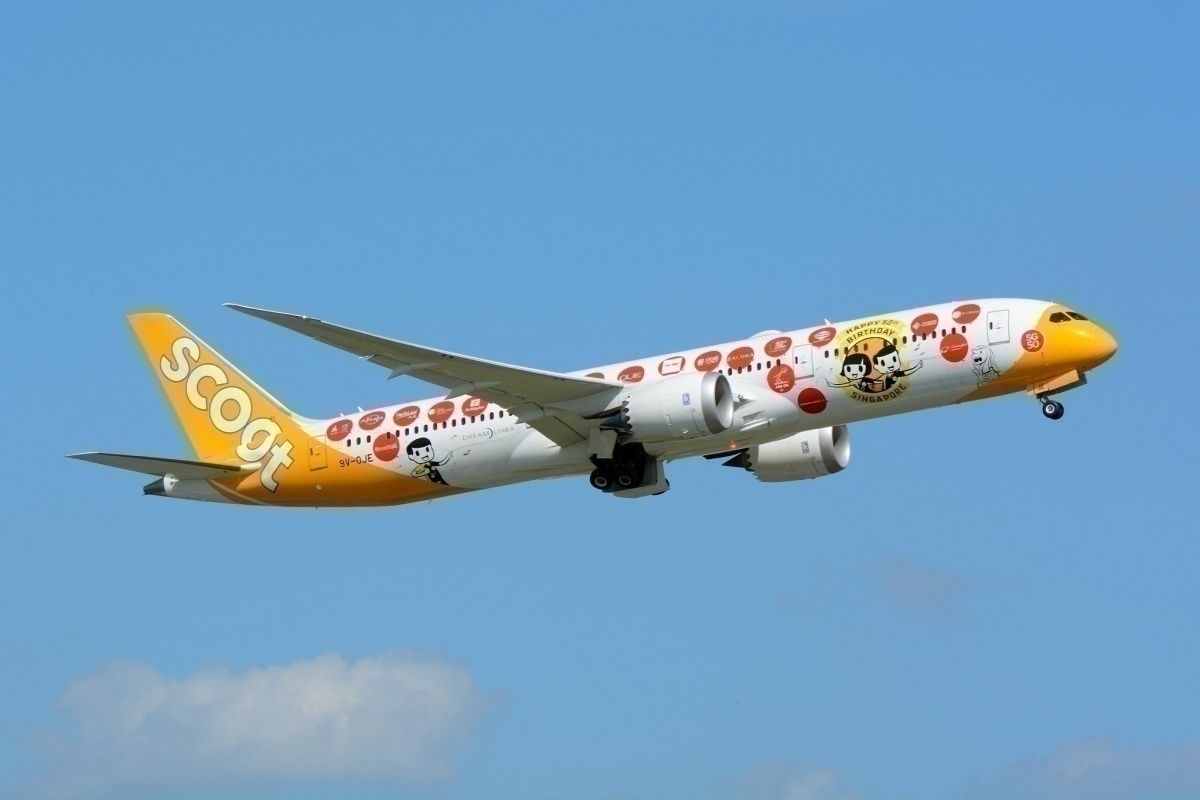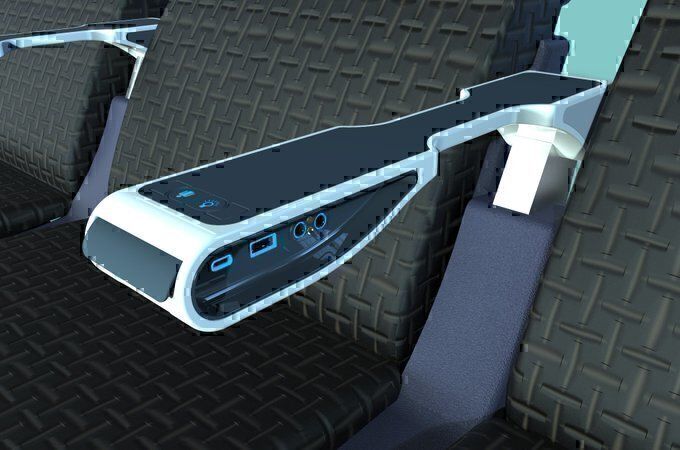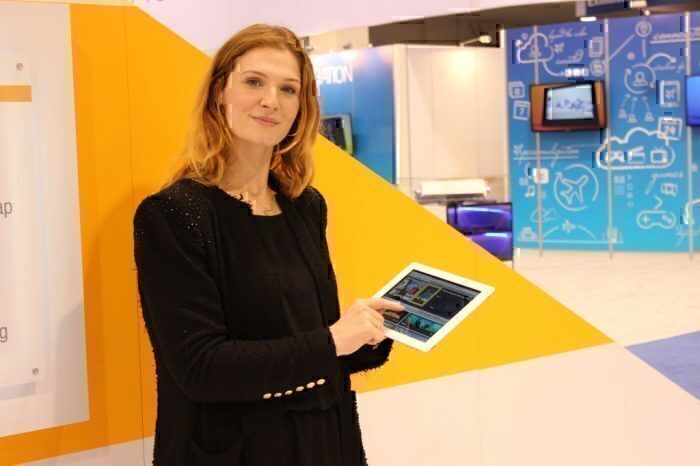In an era where airlines are looking to sell increasing amounts of ancillary services and goods during the flight, we thought we would take a look at how airlines could start charging passengers for using onboard power outlets.Singapore Airlines’ low-cost subsidiary Scoot started charging economy class passengers on their 787 Dreamliner’s $8:00 to charge their mobile devices on long-haul flights back in 2015. Other airlines while not yet charging directly for power usage, only install power points in rows where passengers have paid a premium already, for example in extra legroom seats.
Airlines are now looking at other ways to charge for in-seat power
Now the industry leaders that provide airlines with in-seat-power capabilities are looking at innovative ways airlines can charge passengers for using their products. German electronics company KID-Systeme is now offering airlines an add-on to its popular Skypower in-seat-charger called MoneyPower.
MoneyPower is a three-centimeter long device that looks like an old laptop dongle that fits between the cable splitter and in-seat power supply. By installing the MoneyPower device airlines can now turn on or off the power supply by remote control.
When talking about its new power switch with website Runway Girl Network last month’s APEX EXPO in Boston, Massachusetts, KID’s Maren Muente said that“KID [is also working] on a solution that is based on a cabin WiFi standard that enables transmission via a tablet or flight attendant panel. That could enable a pre-booked power flow†for airline passengers.
What this means is that airlines will now have one more opportunity to charge passengers for a service while they are aboard the aircraft.
IFPL has come up with an app-based idea
KID’s main competitor in the seat power market, U.K. based IFPL has taken a different approach when it comes to how airlines can charge for seat power usage.
When speaking to the Runway Girl Network IFPL’s director of business development for North America Mark Reed explained how their system worked saying,
“The original concept was charge-to-charge, but with airlines having to introduce an additional payment method we also looked at the different scenarios already available. With free software, very often you have an ad that you have to watch for 5-10 seconds. YouTube has been doing it for years, so people are generally familiar with that.â€
The model IFPL is proposing works like an app on your phone and can even be incorporated into the airline's app.
“When the phone is connected we have an auto-launch, so as soon as the phone detects our jack, it auto launches the screen. You click on “watch advertâ€, the splash screen comes up… and then there’s a light guide around the USB connector itself, which changes color to green to indicate you have power,†Reed explains.
Summary
While the system KID-Systeme has come up with will appeal to low-cost carriers like Ryanair that charge for everything they can, I don’t think full-service airlines would go for it.
IFPL’s system, however, could be appealing as it would allow the airline to show passengers promotional videos while they are charging their phones or tablets.
As a whole, I am opposed to all these ancillary charges and hate having to pay for WiFi when I feel it should be free. As for in-seat charging, I feel this should be free also. What do you think? Please let us know in the comments.



